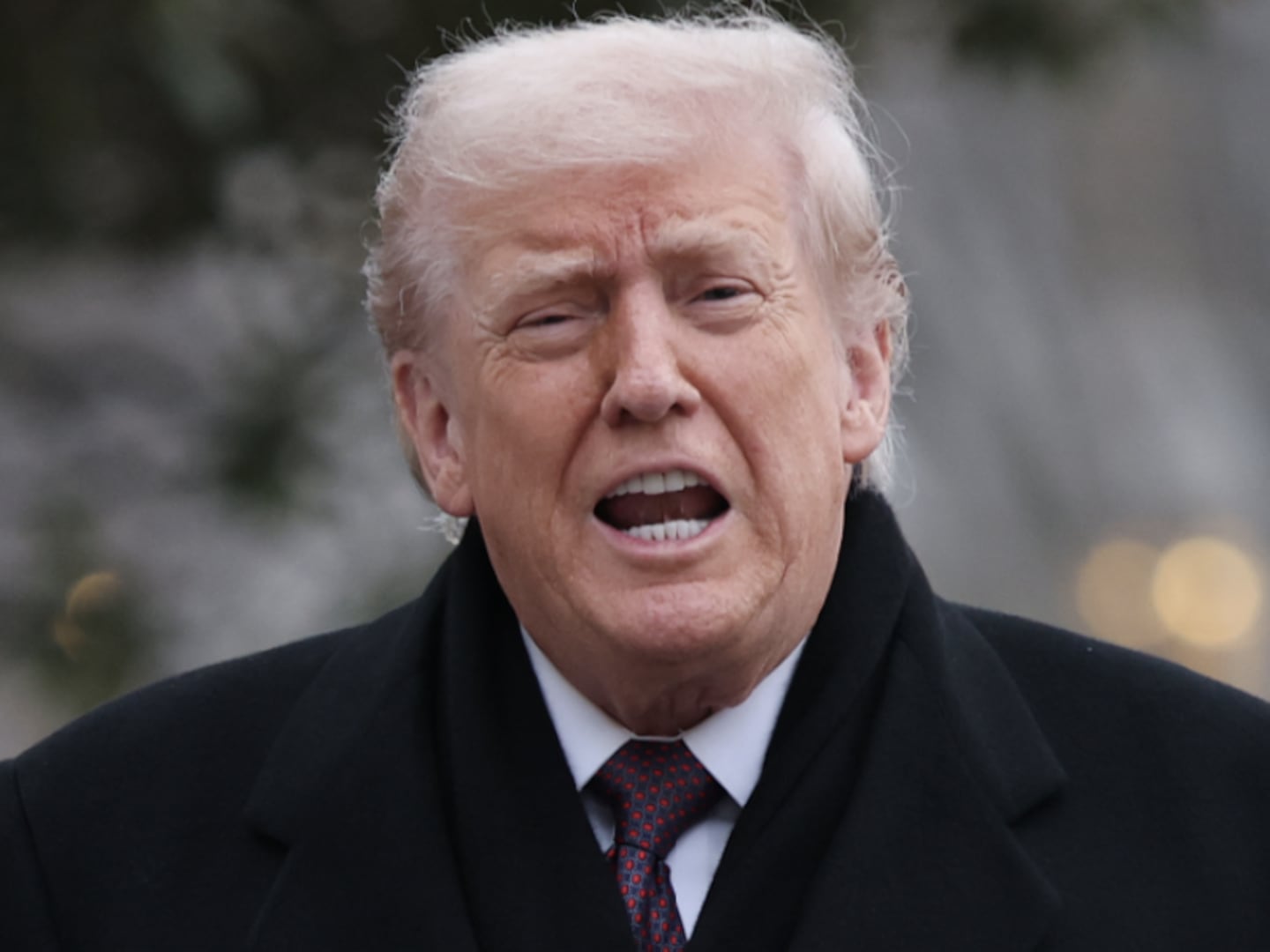Long before the White House was built, or Washington emerged as the country’s power center, Philadelphia was the capital of a new nation. In a small building at the city’s center, revolutionaries declared independence from England. And several years later, they drafted the U.S. Constitution.
Yet two hundred twenty-five years after that, Philadelphia is no longer that shining beacon of hope that the Founding Fathers saw as the symbolic home of a newborn republic. It’s become a city of challenges, experiencing marked declines across major metrics and demographics, struggling to get back on its feet after an economic and social pummeling.
Indeed, Philadelphia may well be a city in decline, according to a new Pew report charting how the city has weathered the past few decades. The portrait is nuanced, but not exactly pretty. The city’s unemployment rate is 10.5 percent, significantly higher than the country’s average. Its real-estate market has dropped substantially every year since 2005. And its K-12 enrollment has slowly receded, as more students turn to charter schools than ones run by the public district, but with fewer students in the city overall. Violent crimes have increased over the past few years, and the poverty rate—one of every four people—is now among the highest of the country's.
The reasons are complex, and not at all isolated. Jobless demographics in most major cities, including New York and Washington, have ticked upward since the Great Recession hit. Other cities, such as Baltimore and St. Louis, have had significantly higher rates of crime. Yet the simplest explanation might be the City of Brotherly Love’s inability to find new sources of economic growth. Philadelphia has only a handful of Fortune 500 companies, including Sunoco, Urban Outfitters, and Aramark, most of which are older, legacy companies. One of the biggest boons to the center-city area over the past few years was a fancy new building to house the headquarters of Comcast. Most emerging companies have navigated toward New York and Washington, or to the fertile Silicon Valley.

Over at City Hall, the municipal government has its hands full, as most do, with an aging and more expensive workforce. Over the last decade, all city spending has gone down, freeing up more taxpayer dollars to fund the government. Up from one fifth in 2003, government employee benefits now command a third of all city spending. Mayor Michael Nutter’s office says that’s a matter of concern, along with the high crime rates, that the mayor is working on with new community programs, tougher negotiations with employee unions, and hiring more police officers. “This mayor is very aware of the trend lines,” says Nutter spokesman Mark McDonald, but he adds that Philadelphia’s overall population is growing and the city center has never been more vibrant.
Demographic experts say Philadelphia is in the crosshairs of several unfortunate trends, both economic and migratory. In a national economy once heavy on manufacturing, cities like Philadelphia were valuable because of their proximity to natural resources. But an exodus from Snow Belt to Sun Belt has left urban centers like Philadelphia and Chicago with slowing population growth. “All together it works against Northeast dense population areas,” says Olga Medvedkov, a professor of urban geography at Wittenberg University in Ohio. “People think, why not move south, where amenities are in abundance?” And Southern cities have seen new growth from new immigration, which Northern cities haven’t experienced as heavily.
Still, it may be too early to count out Philadelphia and its legendary cheese steaks. One major bright spot: as nearly every age demographic has either been flat or gone down, the number of young adults, widely the most valuable and lucrative demographic, has risen a few percentage points. “That’s a positive sign and suggests there’s potential for some energy and entrepreneurial spirit that you associate with people between 20 and 34,” says Larry Eichel, project director of Pew’s Philadelphia Research Initiative, which compiled the report. “But if there aren’t jobs for them, they aren’t going to stay.”
Correction: An earlier version of this article stated Philadelphia had the country's third highest poverty rate. In fact, it has the sixth highest of the nation's 50 biggest cities. The Beast regrets the error.






